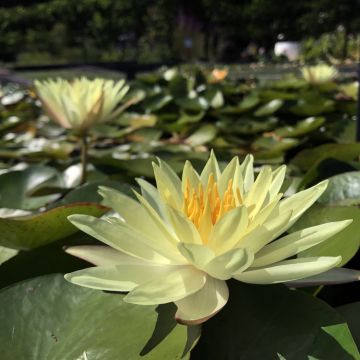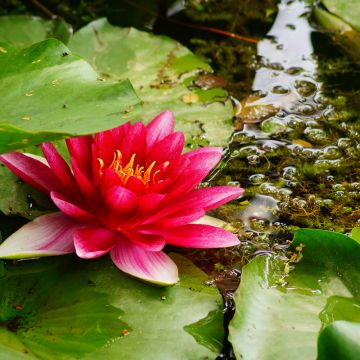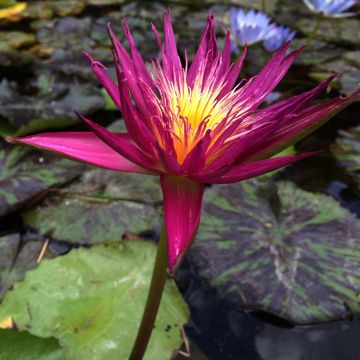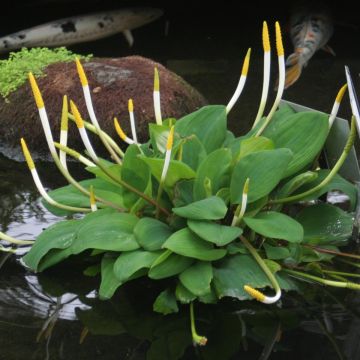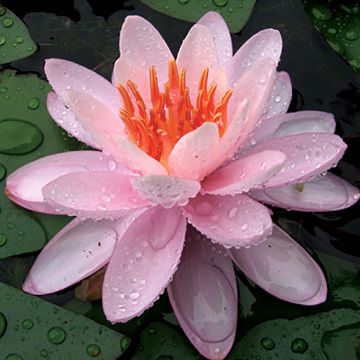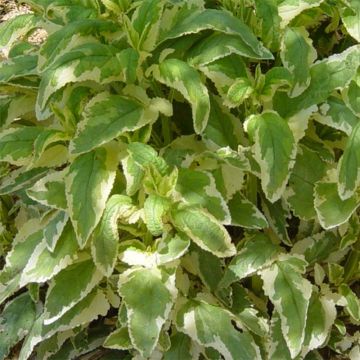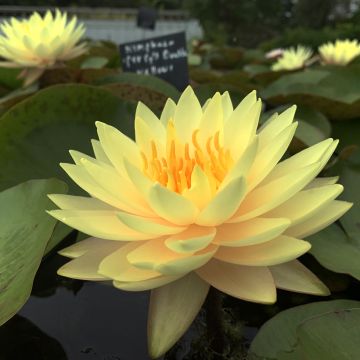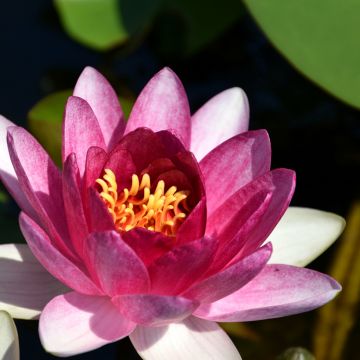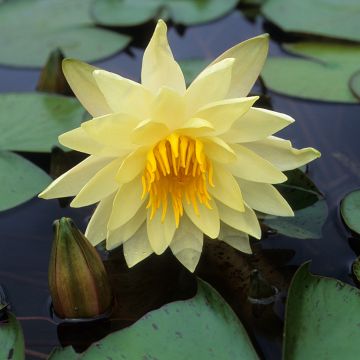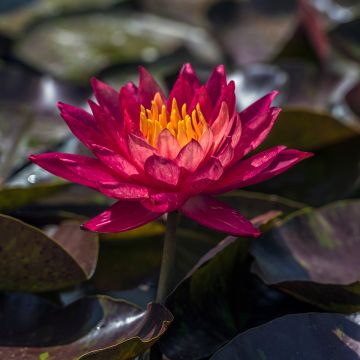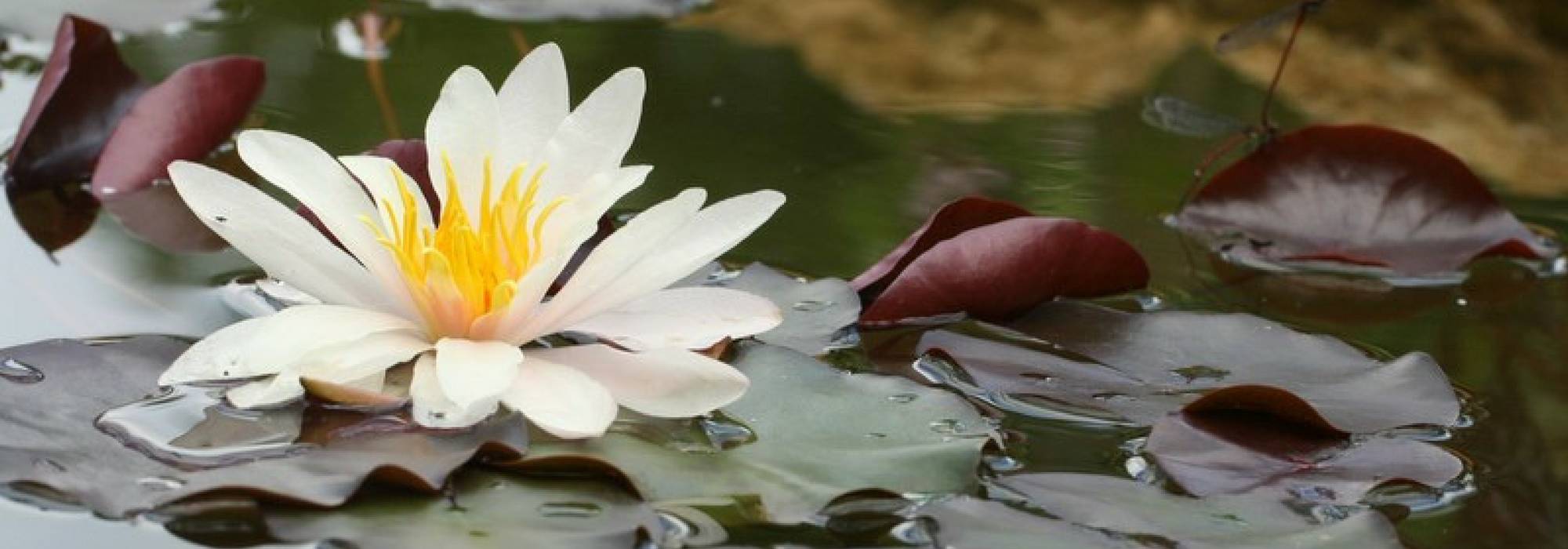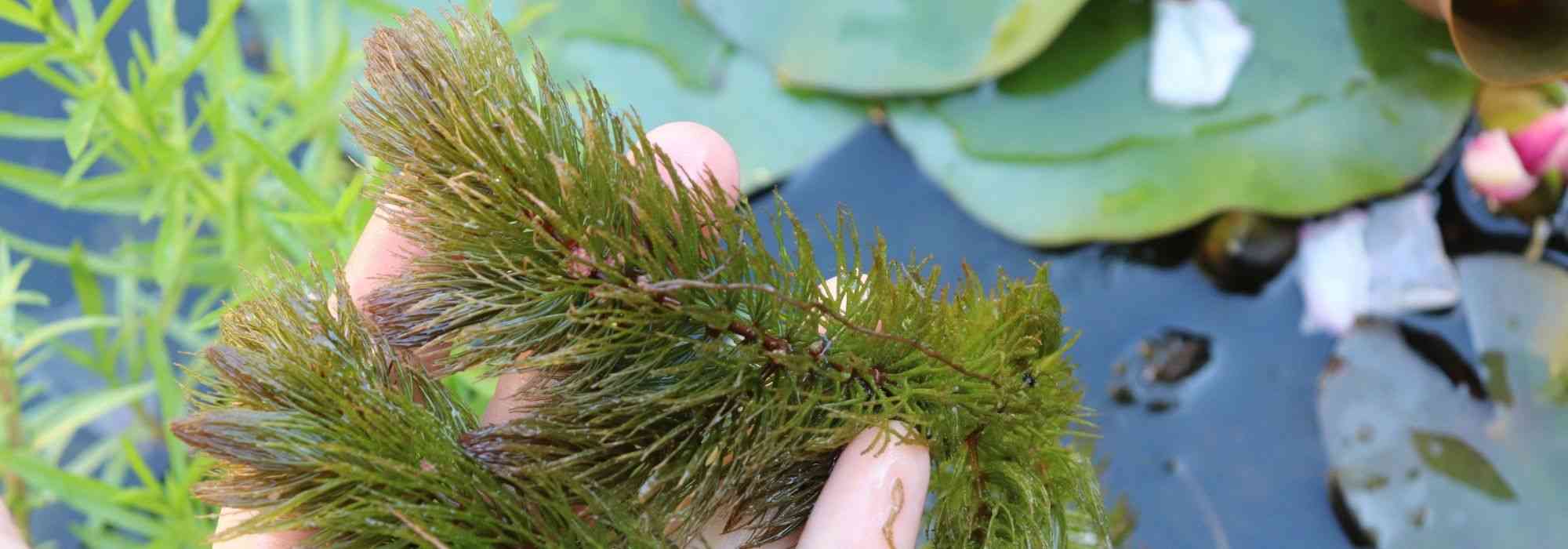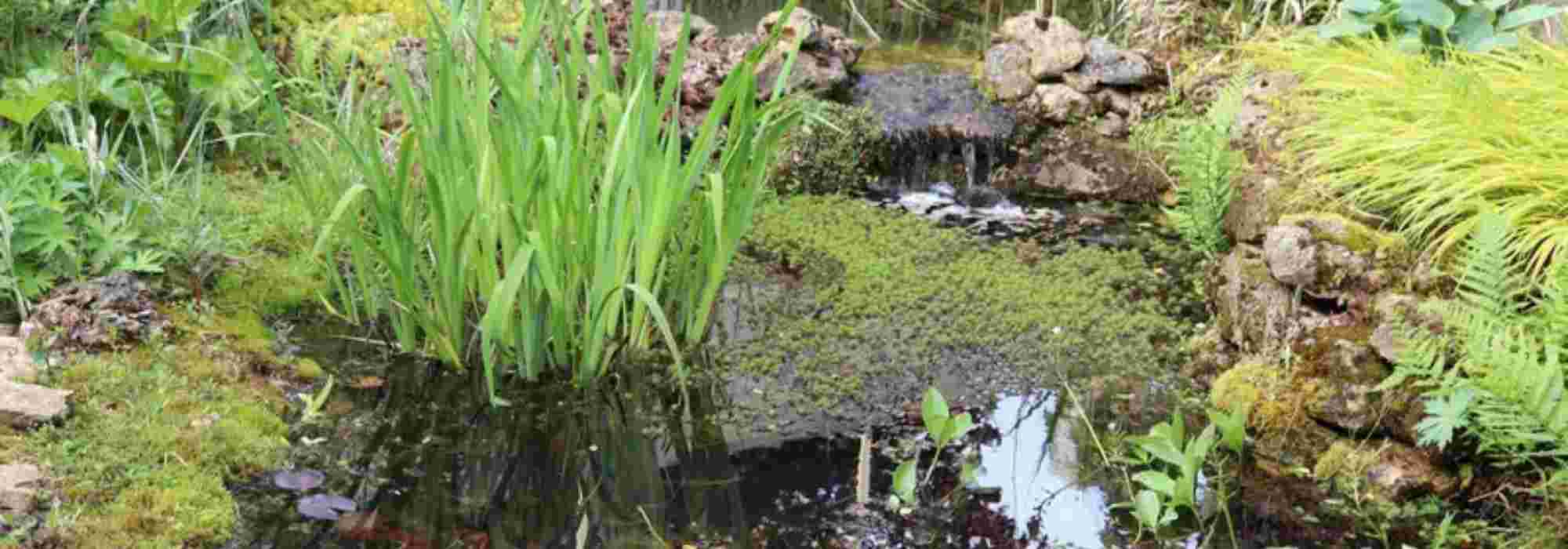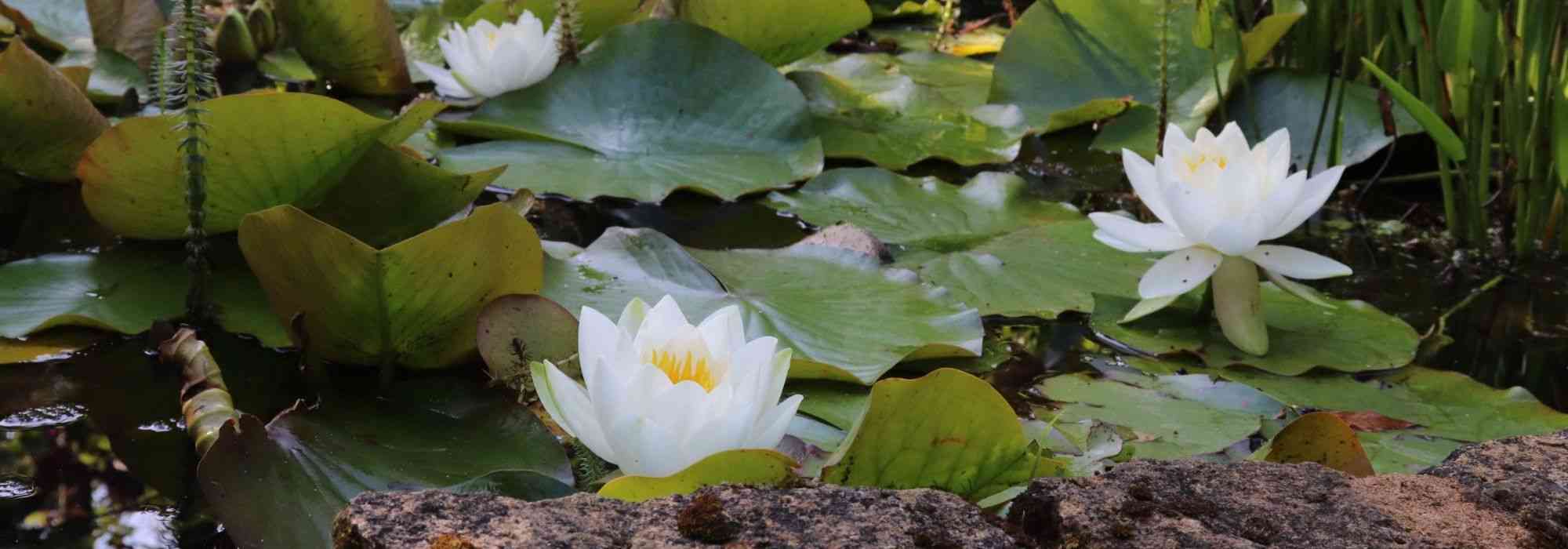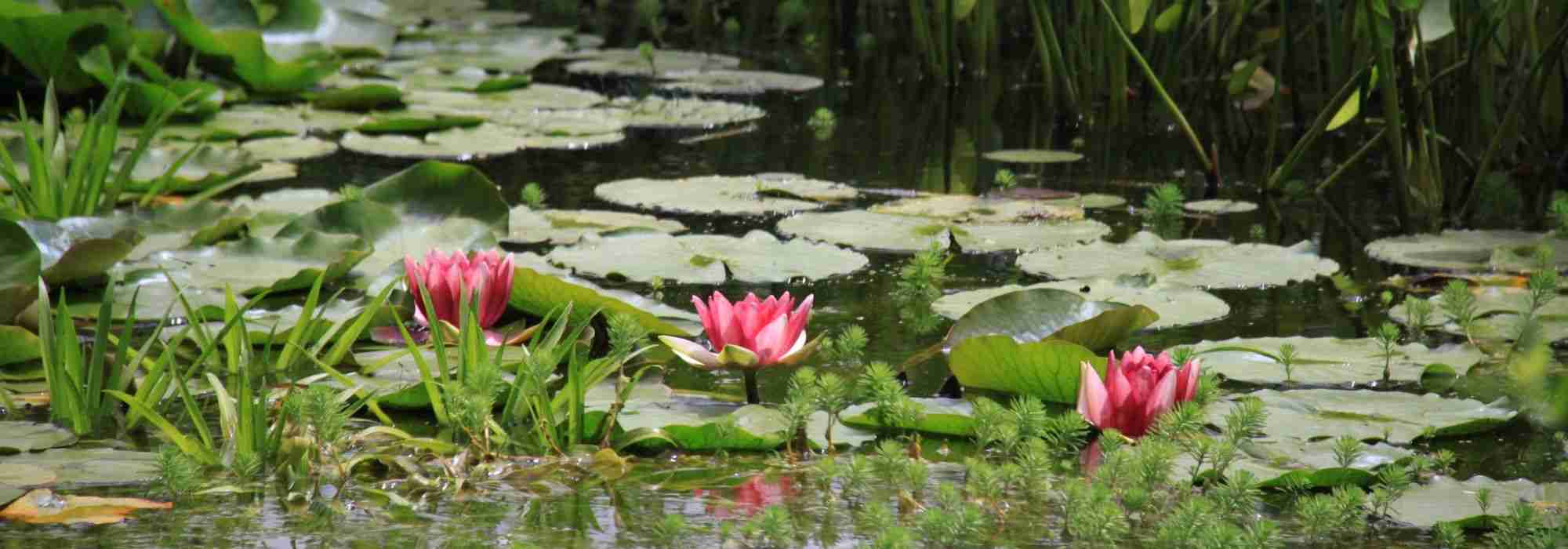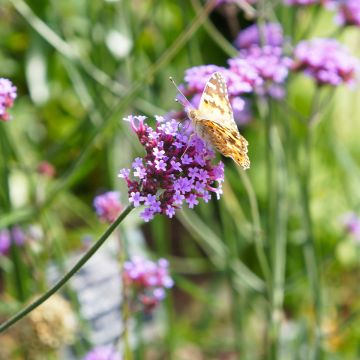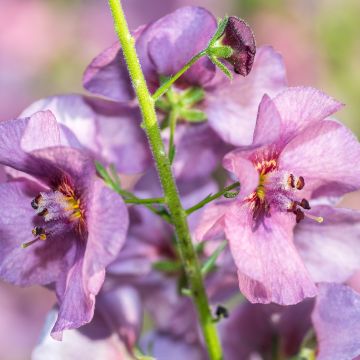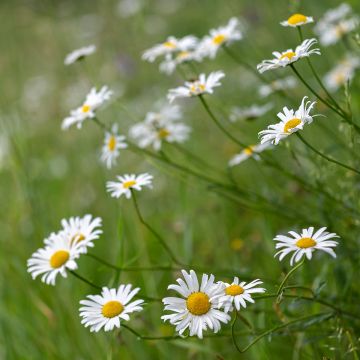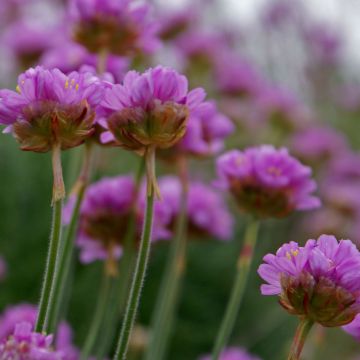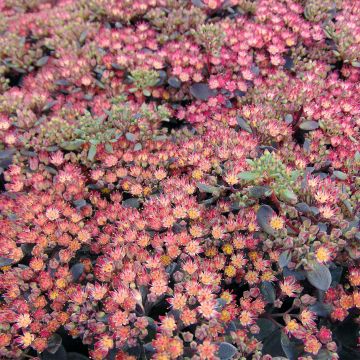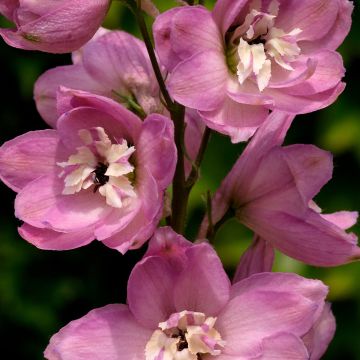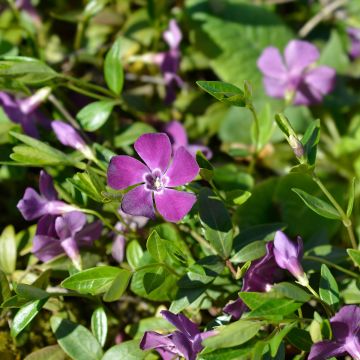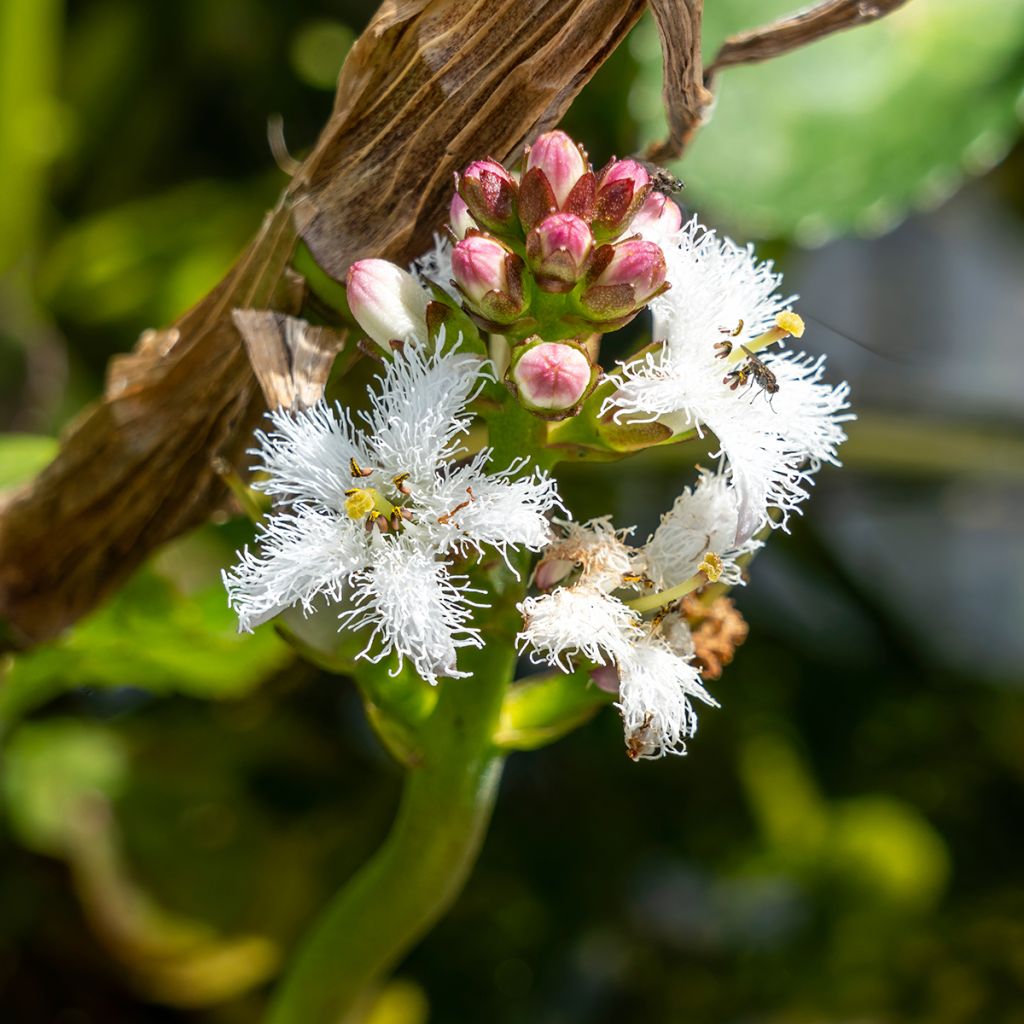

Menyanthes trifoliata
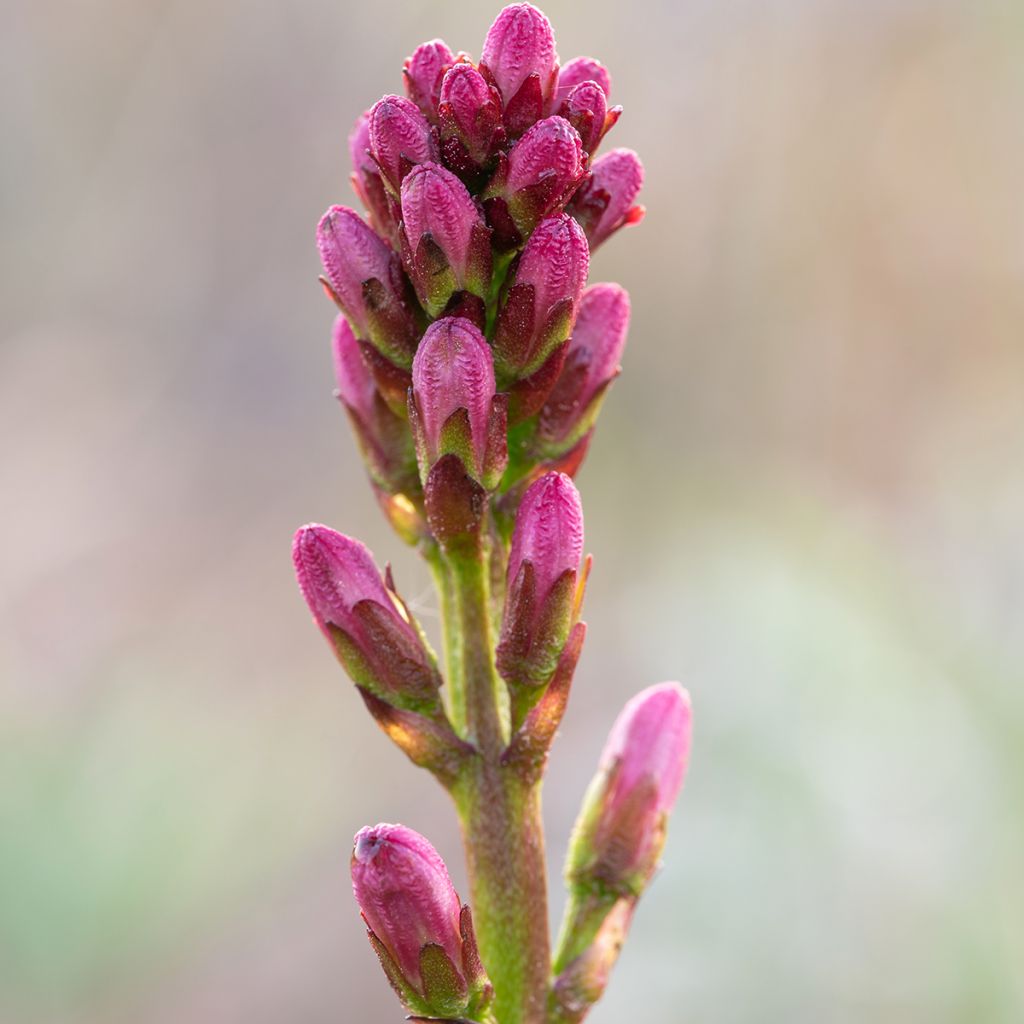

Menyanthes trifoliata
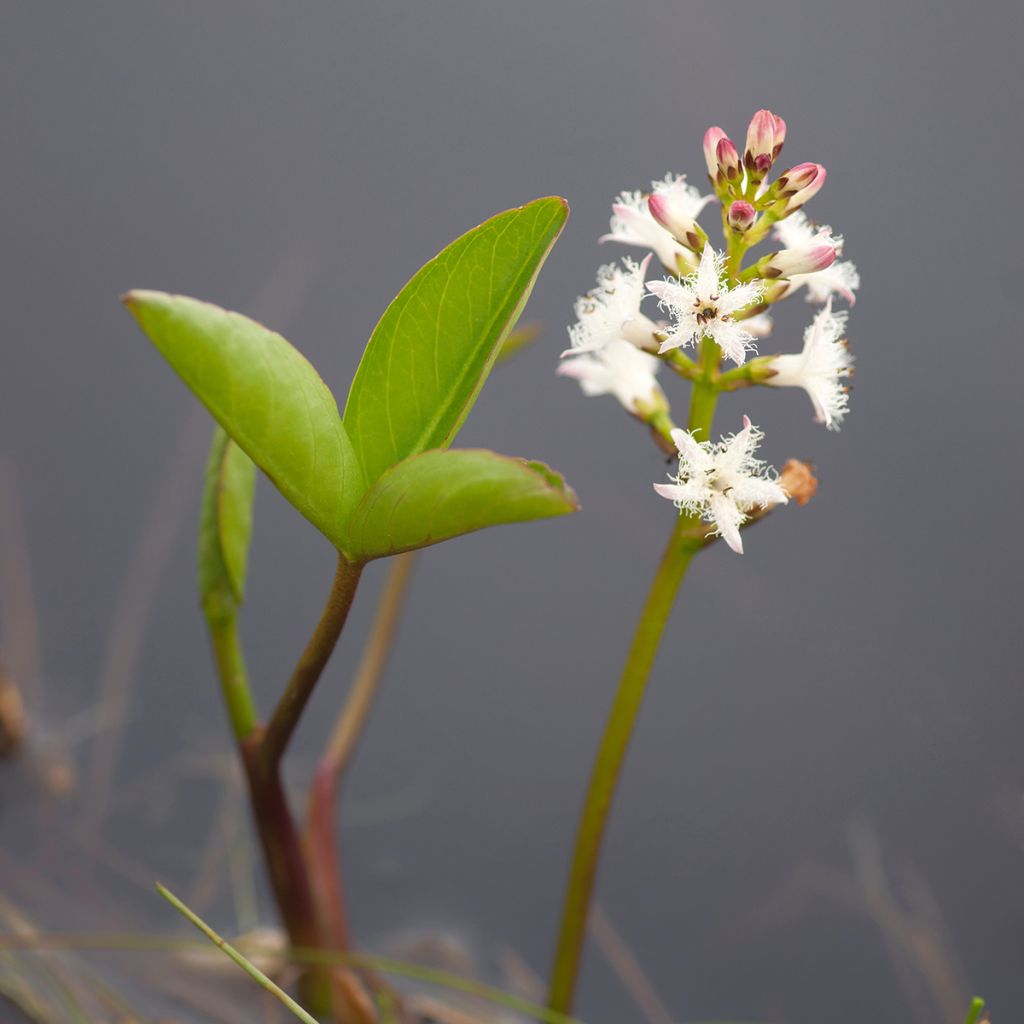

Menyanthes trifoliata
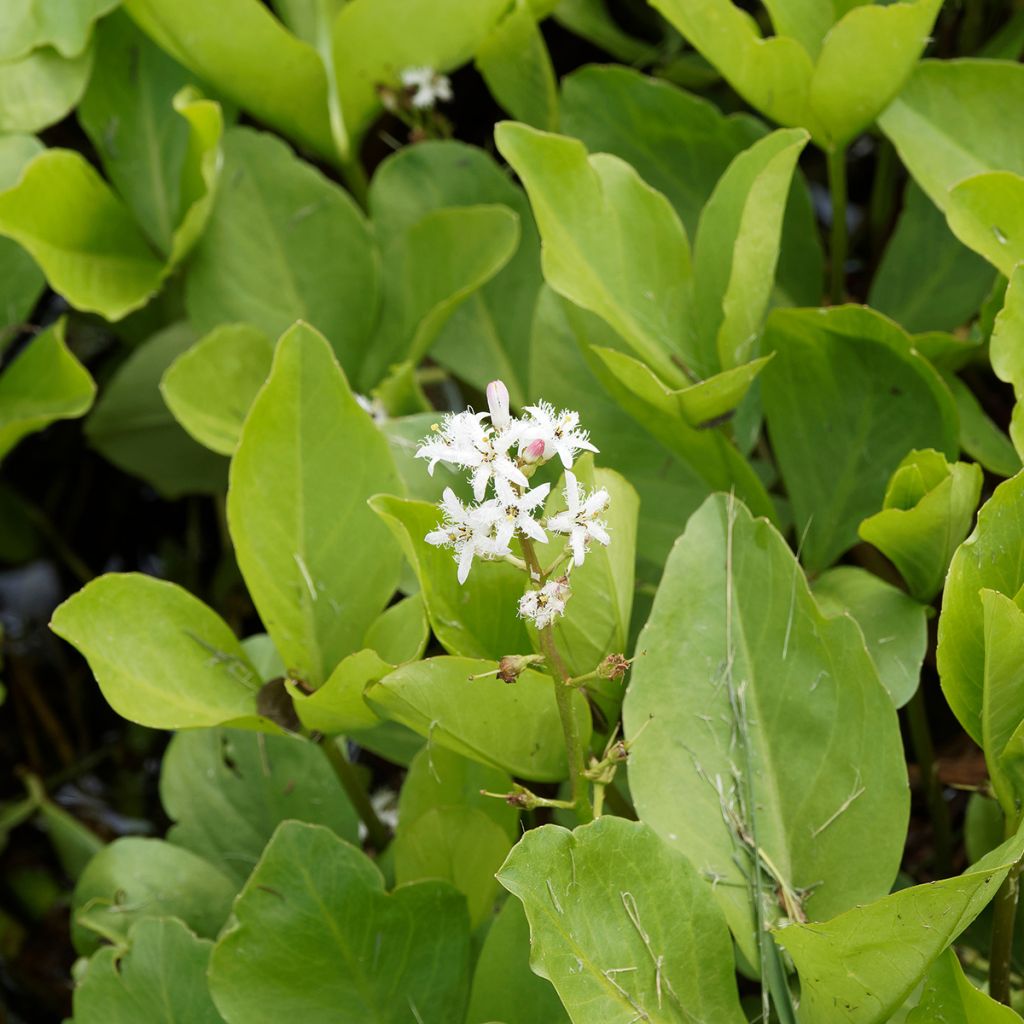

Menyanthes trifoliata
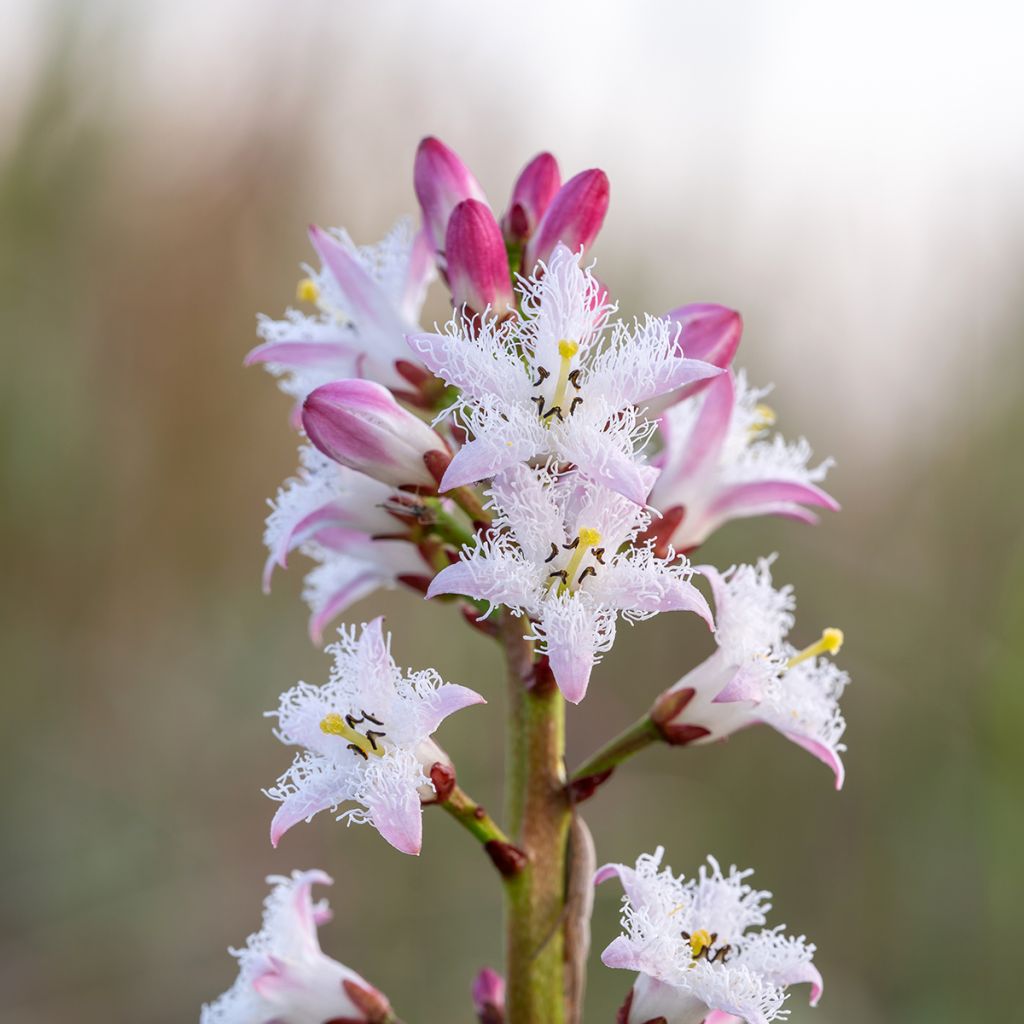

Menyanthes trifoliata
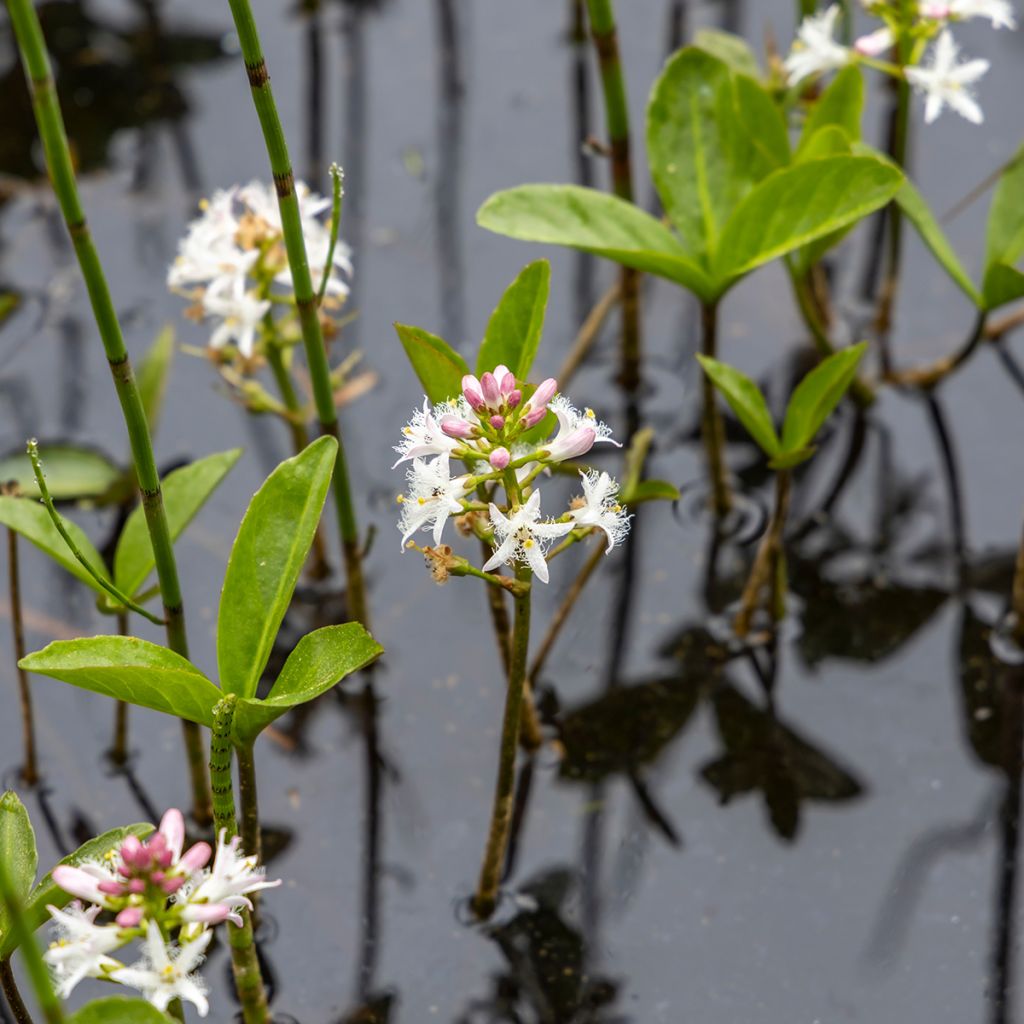

Menyanthes trifoliata
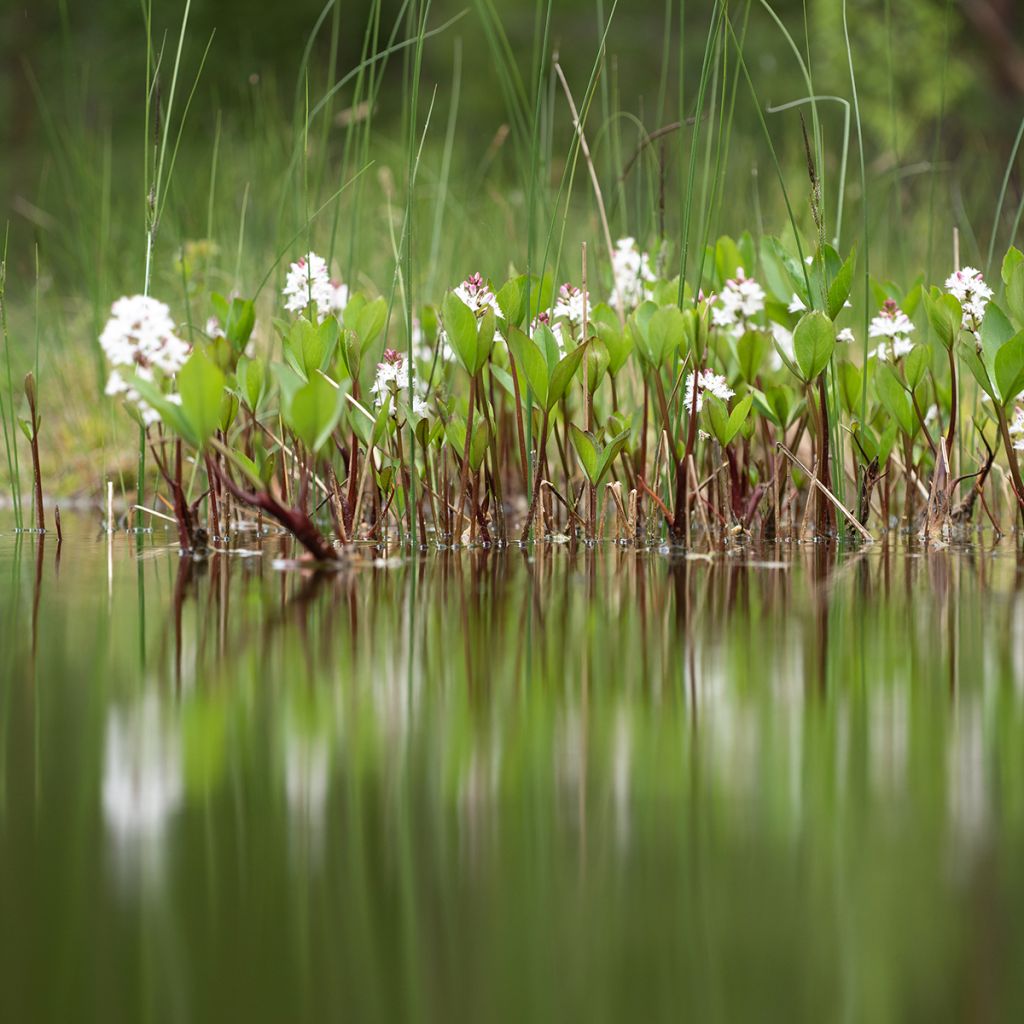

Menyanthes trifoliata
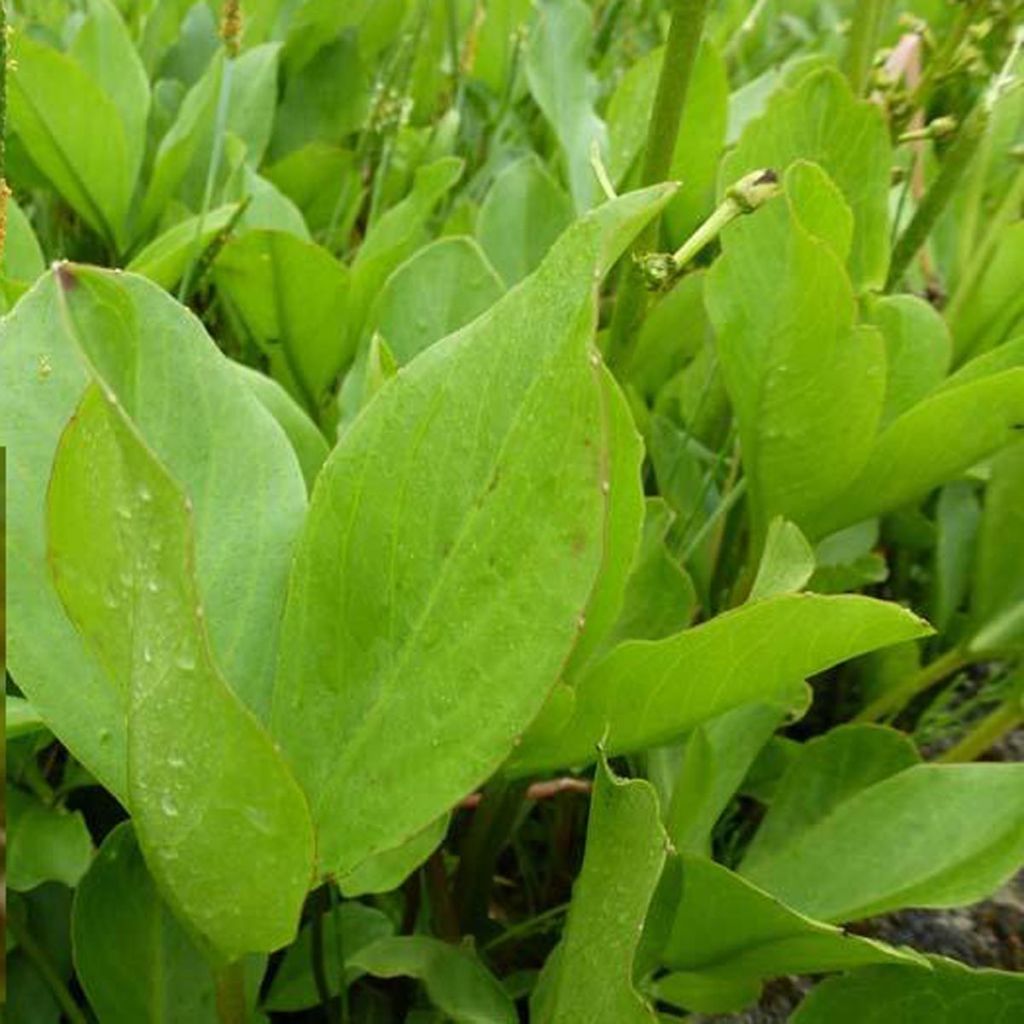

Menyanthes trifoliata
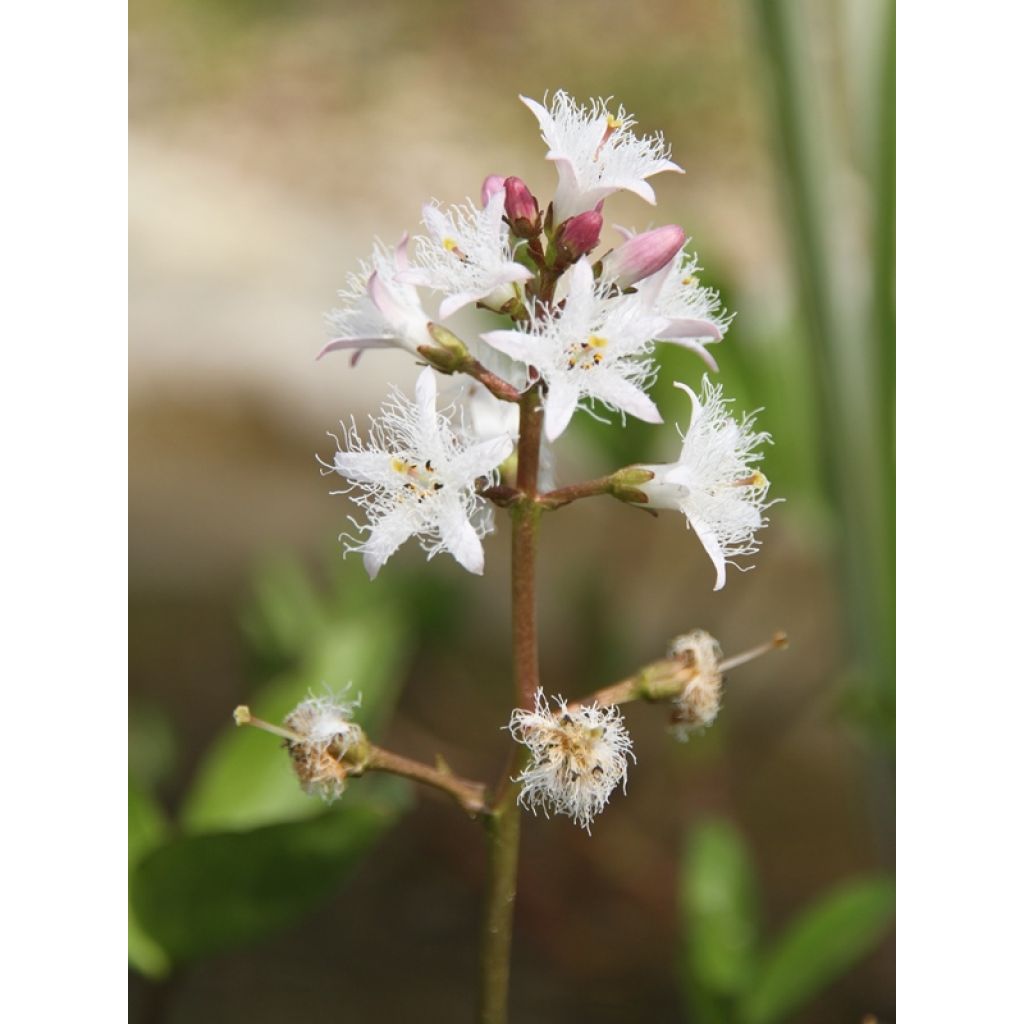

Menyanthes trifoliata
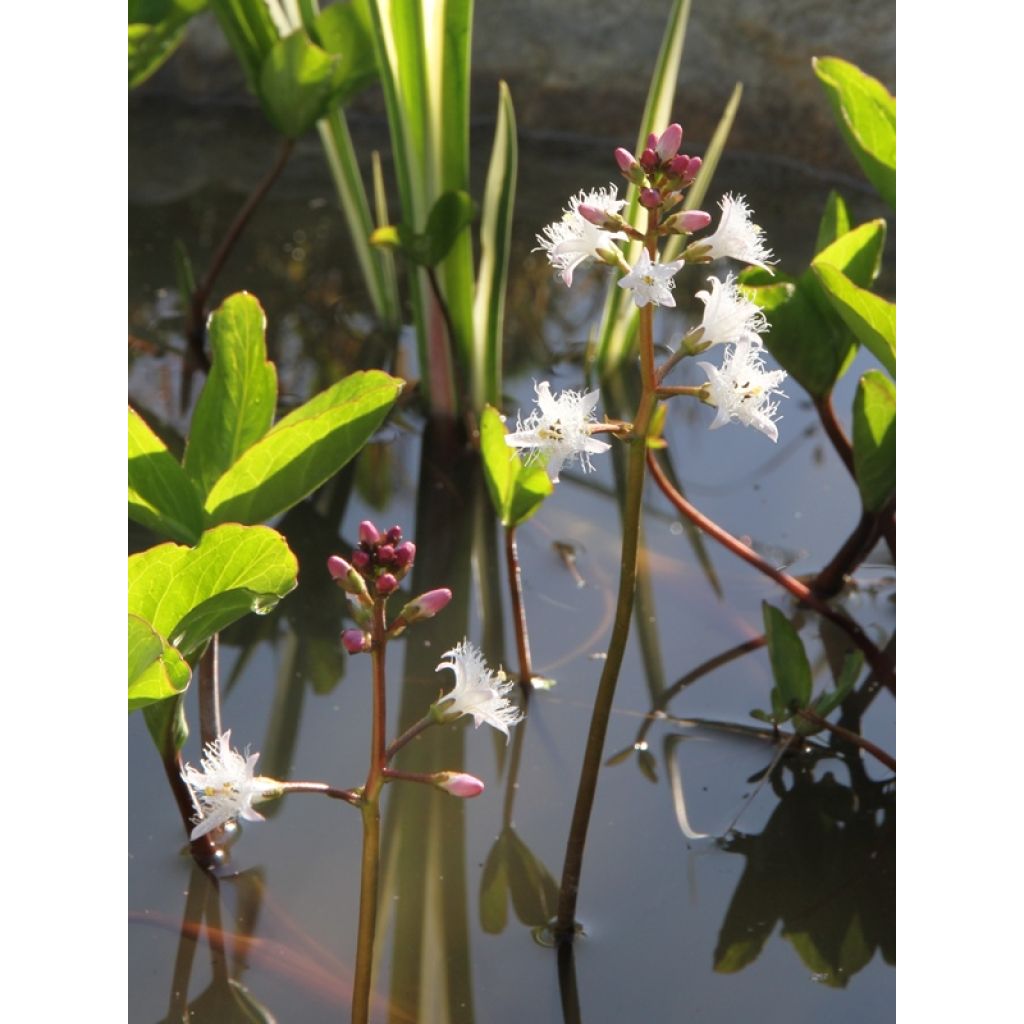

Menyanthes trifoliata
Menyanthes trifoliata
Menyanthes trifoliata
Bogbean, Marsh Trefoil, Bean Trefoil, Beck Bean, Water Shamrock, Water Clover
Vine-plant received in mid-March, quick delivery, arrived a bit feeble but after only 15 days it is producing magnificent leaves.
Catherine, 03/05/2021
Special offer!
Receive a €20 voucher for any order over €90 (excluding delivery costs, credit notes, and plastic-free options)!
1- Add your favorite plants to your cart.
2- Once you have reached €90, confirm your order (you can even choose the delivery date!).
3- As soon as your order is shipped, you will receive an email containing your voucher code, valid for 3 months (90 days).
Your voucher is unique and can only be used once, for any order with a minimum value of €20, excluding delivery costs.
Can be combined with other current offers, non-divisible and non-refundable.
Home or relay delivery (depending on size and destination)
Schedule delivery date,
and select date in basket
This plant carries a 12 months recovery warranty
More information
We guarantee the quality of our plants for a full growing cycle, and will replace at our expense any plant that fails to recover under normal climatic and planting conditions.

Does this plant fit my garden?
Set up your Plantfit profile →
Description
Menyanthes trifoliata, also known as water shamrock or bogbean, is a semi-aquatic perennial plant with creeping rhizomes. It bears deciduous leaves divided into three beautiful green leaflets. The flowers appear in spring, in the form of loose clusters of blooms with a pinkish dorsal side and a whitish inner side bordered by long white hairs. It thrives in muddy areas near water where it can colonise a significant surface.
Water shamrock or Bogbean is an herbaceous plant belonging to the family Menyanthaceae. It is the only species in its genus. Its natural habitat is very extensive, covering Europe, northern Asia, the northwest of India, and North America. It is an aquatic plant with creeping rhizomes. It can reach a height of 30 cm (12in). The flowers appear from April to June. The pearl-like pink buds open into white-pink flowers, covered with long cilia, measuring from 12 to 18 mm (1in) in diameter, and are grouped in clusters 20 to 40 cm (8 to 16in) tall. The deciduous foliage is composed of leaves divided into 3 leaflets, 5 to 10 cm (2 to 4in) long, at the end of a long petiole. The plant develops from a stump with fleshy and creeping rhizomes.
Grow water clover in shallow water (15-23 cm (6-9in)) or on floodable banks. Plant it in a basket filled with ordinary soil, in full sun, under 5 cm (2in) to 30 cm (12in) of water. However, it sometimes prefers siliceous (sandstone, granite) or clay-limestone, rich soils. It thrives in cold waters.
Menyanthes trifoliata is often found in ponds, marshes, pools, ditches, containers, banks. The large clover-like leaves, thick and raised above the water can hide the abrupt overflow of water sources but it can also be placed in under an artificial waterfall, which will enhance the beauty of the vegetation. This plant does not need to be confined to still water.
Cattle graze on water clover although the bitterness of the leaves is often harmful to them. It has sometimes been used as a substitute for hops in beer production. The leaves have recognized medicinal properties, and the rhizomes are consumed by the Inuit people in the form of flour.
Report an error about the product description
Menyanthes trifoliata in pictures
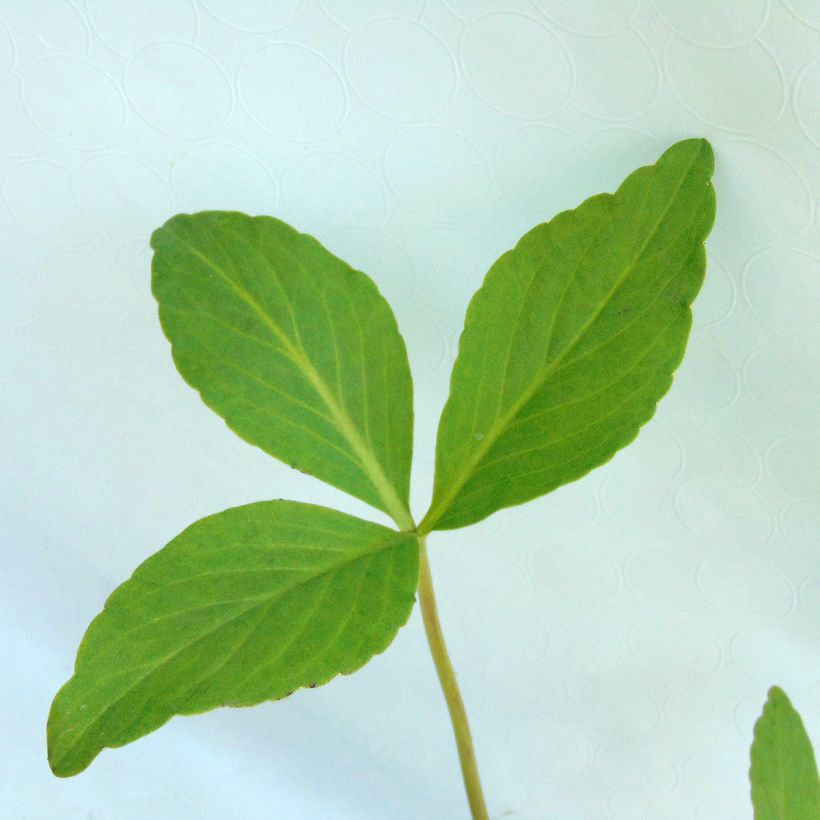



Flowering
Foliage
Plant habit
Botanical data
Menyanthes
trifoliata
Menyanthaceae
Bogbean, Marsh Trefoil, Bean Trefoil, Beck Bean, Water Shamrock, Water Clover
Northern Europe
Other Aquatic perennials
View all →Planting and care
Plant water clover in shallow water ,15-23 cm (6-9in), or on a floodable bank as it thrives in a marshy substrate. Plant it in a basket filled with ordinary soil, in full sun, under 5 cm (2in) to 30 cm (12in) of water. However, it sometimes prefers siliceous (sandstone, granite) or clay-limestone, rich soils. It is tolerant of cold waters.
Planting period
Intended location
Care
Planting & care advice
-
, onOrder confirmed
Reply from on Promesse de fleurs
Similar products
Haven't found what you were looking for?
Hardiness is the lowest winter temperature a plant can endure without suffering serious damage or even dying. However, hardiness is affected by location (a sheltered area, such as a patio), protection (winter cover) and soil type (hardiness is improved by well-drained soil).

Photo Sharing Terms & Conditions
In order to encourage gardeners to interact and share their experiences, Promesse de fleurs offers various media enabling content to be uploaded onto its Site - in particular via the ‘Photo sharing’ module.
The User agrees to refrain from:
- Posting any content that is illegal, prejudicial, insulting, racist, inciteful to hatred, revisionist, contrary to public decency, that infringes on privacy or on the privacy rights of third parties, in particular the publicity rights of persons and goods, intellectual property rights, or the right to privacy.
- Submitting content on behalf of a third party;
- Impersonate the identity of a third party and/or publish any personal information about a third party;
In general, the User undertakes to refrain from any unethical behaviour.
All Content (in particular text, comments, files, images, photos, videos, creative works, etc.), which may be subject to property or intellectual property rights, image or other private rights, shall remain the property of the User, subject to the limited rights granted by the terms of the licence granted by Promesse de fleurs as stated below. Users are at liberty to publish or not to publish such Content on the Site, notably via the ‘Photo Sharing’ facility, and accept that this Content shall be made public and freely accessible, notably on the Internet.
Users further acknowledge, undertake to have ,and guarantee that they hold all necessary rights and permissions to publish such material on the Site, in particular with regard to the legislation in force pertaining to any privacy, property, intellectual property, image, or contractual rights, or rights of any other nature. By publishing such Content on the Site, Users acknowledge accepting full liability as publishers of the Content within the meaning of the law, and grant Promesse de fleurs, free of charge, an inclusive, worldwide licence for the said Content for the entire duration of its publication, including all reproduction, representation, up/downloading, displaying, performing, transmission, and storage rights.
Users also grant permission for their name to be linked to the Content and accept that this link may not always be made available.
By engaging in posting material, Users consent to their Content becoming automatically accessible on the Internet, in particular on other sites and/or blogs and/or web pages of the Promesse de fleurs site, including in particular social pages and the Promesse de fleurs catalogue.
Users may secure the removal of entrusted content free of charge by issuing a simple request via our contact form.
The flowering period indicated on our website applies to countries and regions located in USDA zone 8 (France, the United Kingdom, Ireland, the Netherlands, etc.)
It will vary according to where you live:
- In zones 9 to 10 (Italy, Spain, Greece, etc.), flowering will occur about 2 to 4 weeks earlier.
- In zones 6 to 7 (Germany, Poland, Slovenia, and lower mountainous regions), flowering will be delayed by 2 to 3 weeks.
- In zone 5 (Central Europe, Scandinavia), blooming will be delayed by 3 to 5 weeks.
In temperate climates, pruning of spring-flowering shrubs (forsythia, spireas, etc.) should be done just after flowering.
Pruning of summer-flowering shrubs (Indian Lilac, Perovskia, etc.) can be done in winter or spring.
In cold regions as well as with frost-sensitive plants, avoid pruning too early when severe frosts may still occur.
The planting period indicated on our website applies to countries and regions located in USDA zone 8 (France, United Kingdom, Ireland, Netherlands).
It will vary according to where you live:
- In Mediterranean zones (Marseille, Madrid, Milan, etc.), autumn and winter are the best planting periods.
- In continental zones (Strasbourg, Munich, Vienna, etc.), delay planting by 2 to 3 weeks in spring and bring it forward by 2 to 4 weeks in autumn.
- In mountainous regions (the Alps, Pyrenees, Carpathians, etc.), it is best to plant in late spring (May-June) or late summer (August-September).
The harvesting period indicated on our website applies to countries and regions in USDA zone 8 (France, England, Ireland, the Netherlands).
In colder areas (Scandinavia, Poland, Austria...) fruit and vegetable harvests are likely to be delayed by 3-4 weeks.
In warmer areas (Italy, Spain, Greece, etc.), harvesting will probably take place earlier, depending on weather conditions.
The sowing periods indicated on our website apply to countries and regions within USDA Zone 8 (France, UK, Ireland, Netherlands).
In colder areas (Scandinavia, Poland, Austria...), delay any outdoor sowing by 3-4 weeks, or sow under glass.
In warmer climes (Italy, Spain, Greece, etc.), bring outdoor sowing forward by a few weeks.






























